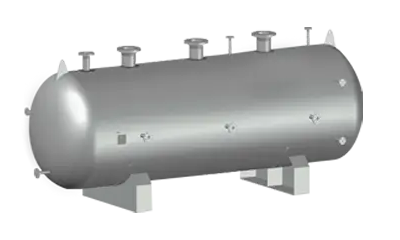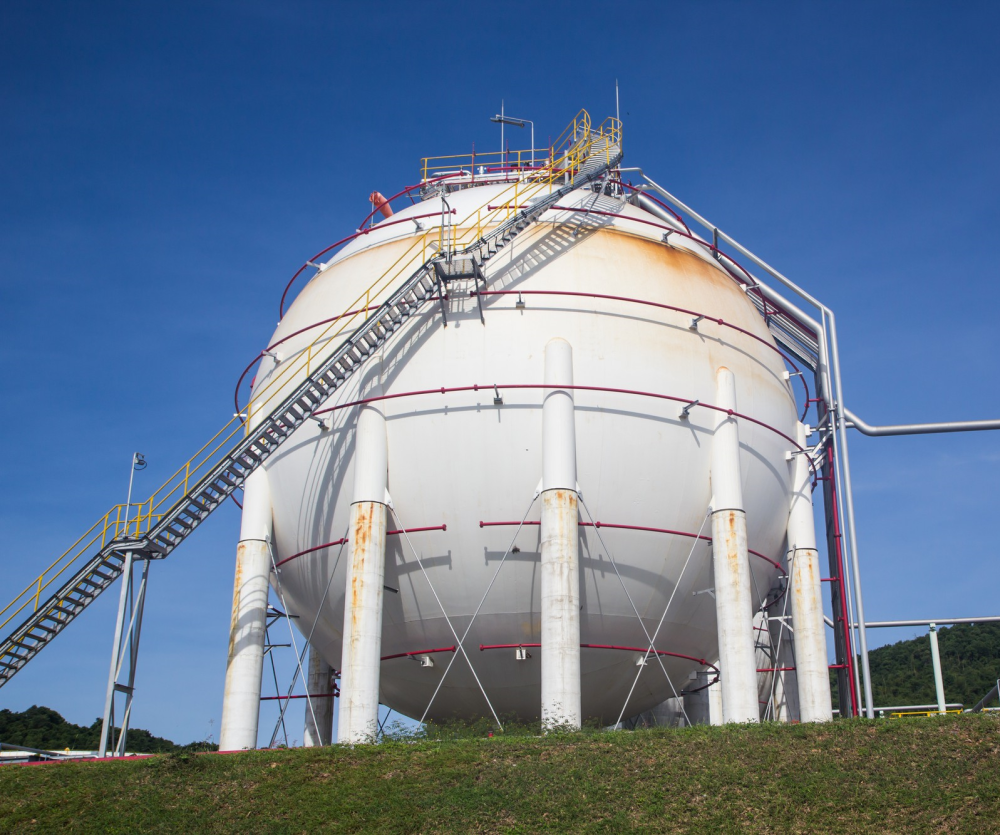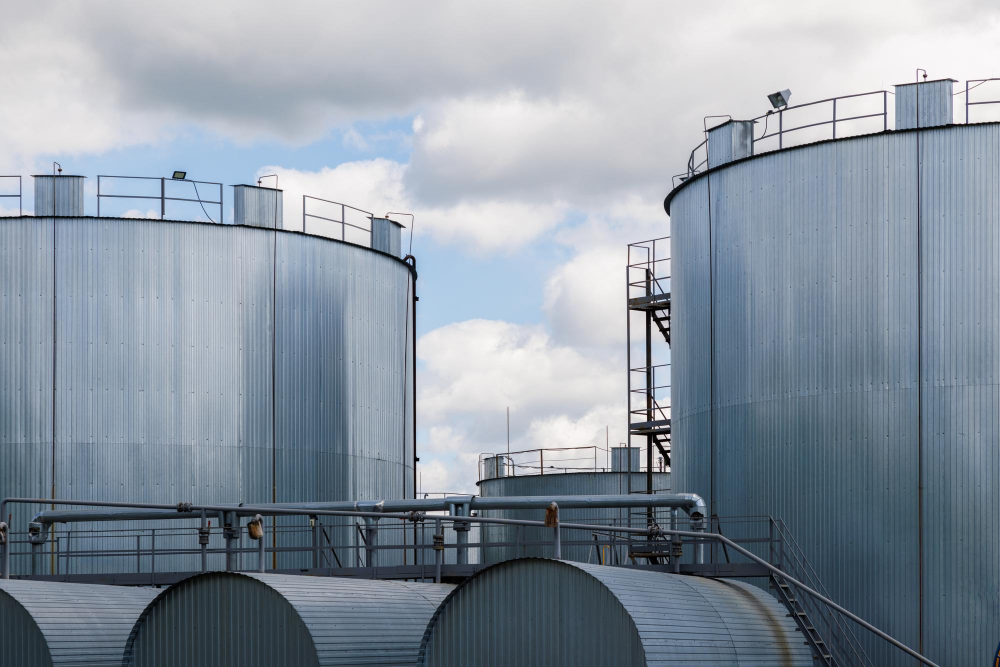Pressure storage Tanks (vessel) play a critical role in the oil and gas industry and other sectors by safely storing fluids and gases under high pressure. Due to their specialized operational conditions, these vessels require meticulous design, construction, and maintenance according to rigorous standards.
In the following, we will do a comprehensive review of this type of tanks, how to design, build, maintain and secure them.

Pressure storage vessels are designed to hold gases or liquids under high pressure. They are utilized across various industries, including oil and gas, petrochemical, energy production, and chemicals. The primary function of these vessels is to manage and store materials under pressure, thereby preventing potential hazards and operational issues associated with high pressure.
The design of pressure storage vessels must adhere to international standards, such as those set by the ASME (American Society of Mechanical Engineers). These standards provide guidelines to ensure the safety and efficiency of the vessels. Key design considerations include pressure levels, temperature, material properties, and operating environment.
Steel Alloys: Commonly used for their strength and resistance to pressure.
Stainless Steel: Preferred for its corrosion resistance.
Other Alloys: Selected based on mechanical and chemical properties in contact with the stored fluid or gas.
Welding: Joins different parts of the vessel and must be performed precisely to prevent leaks.
Forming: Shapes components to meet design specifications and ensures their quality.
Pressure Testing: One of the most crucial stages in construction and maintenance, pressure testing evaluates the vessel’s strength and integrity under operational and maximum pressures. Typically performed with water or other liquids, this test ensures the vessel is leak-proof and safe.
Leak Detection: Leak detection methods, such as soap solution tests, helium tests, and other techniques, identify potential weaknesses and leaks in the vessel. Detecting and rectifying leaks is essential for maintaining safety and performance.
Non-Destructive Testing (NDT): NDT methods identify internal and surface defects without damaging the vessel. These methods include:

Shell: The primary structure that withstands internal pressure.
Cylindrical pressure vessels are in full compliance with the needs of various under pressure vessel applications. Vessels are designed and engineered in such a way that they are easy to build while maintaining a strong and flexible geometry.
Choosing the right material in this equipment is of great importance, because choosing the type of material with a high standard is very effective in the durability of the equipment against cracks, wear resistance and static and dynamic pressures.
Pressure storage vessels have diverse applications:
Pressure storage vessels must comply with international and national regulations:
Operational Safety: Safety protocols include employee training, implementation of safety procedures, and use of appropriate safety equipment to prevent accidents.
Risk Assessment: Identifying and analyzing potential risks, and developing risk management strategies, are essential for ensuring safety and performance.

Summary
Pressure storage vessels are essential in the oil and gas industry and other sectors, requiring careful design, construction, and maintenance. From material selection and construction processes to testing, inspection, and adherence to safety standards, every aspect must be meticulously managed to ensure the vessels operate safely and efficiently. Compliance with regulations and implementation of safety practices are crucial to prevent accidents and maintain optimal performance.
Petro structure is the operator of all types of distillation towers, vacuum towers, vessels, flares, furnaces, etc. This complex has the possibility of making vessels by using the expert forces and the required equipment. Contact our experts for expert advice.